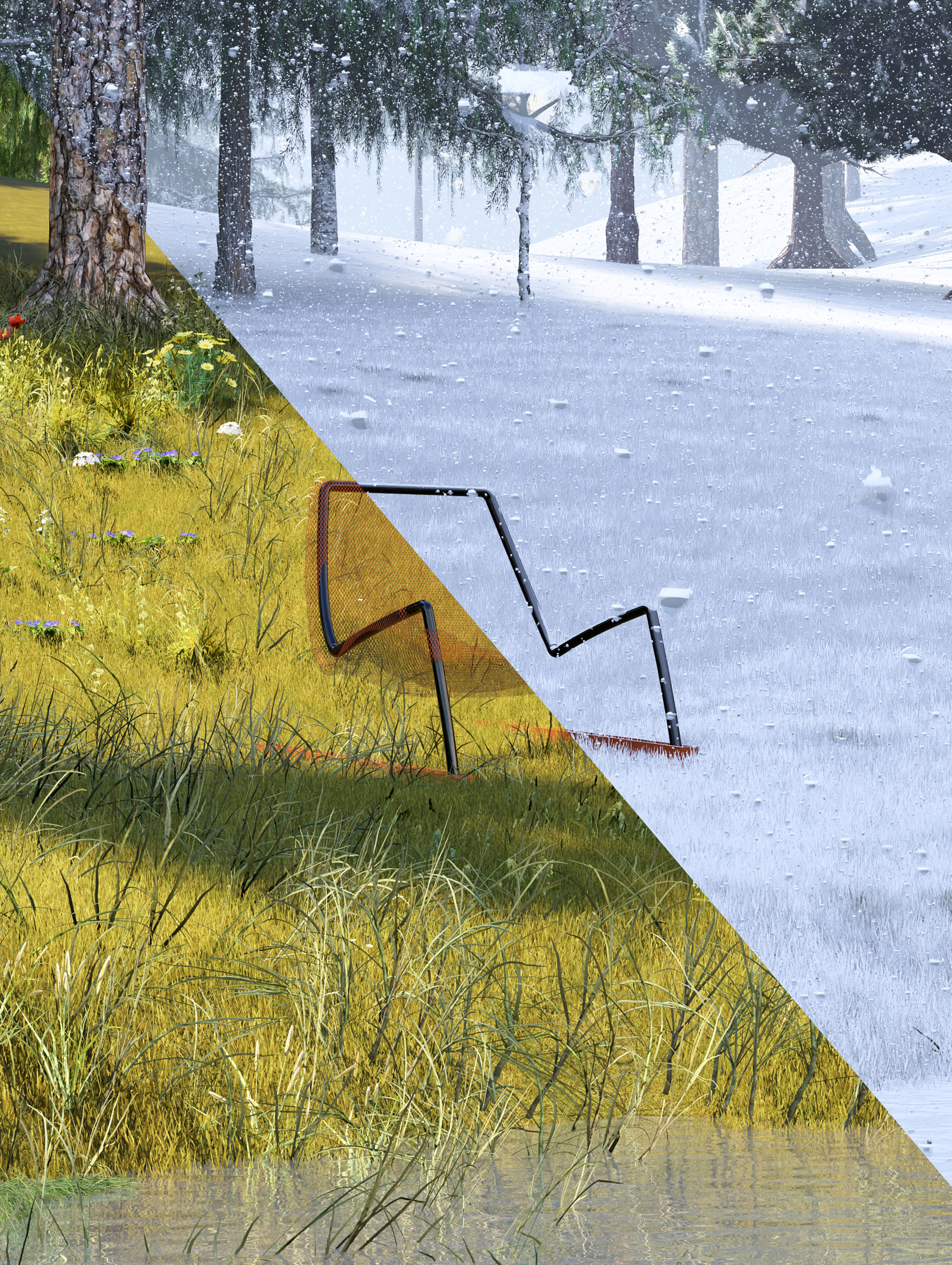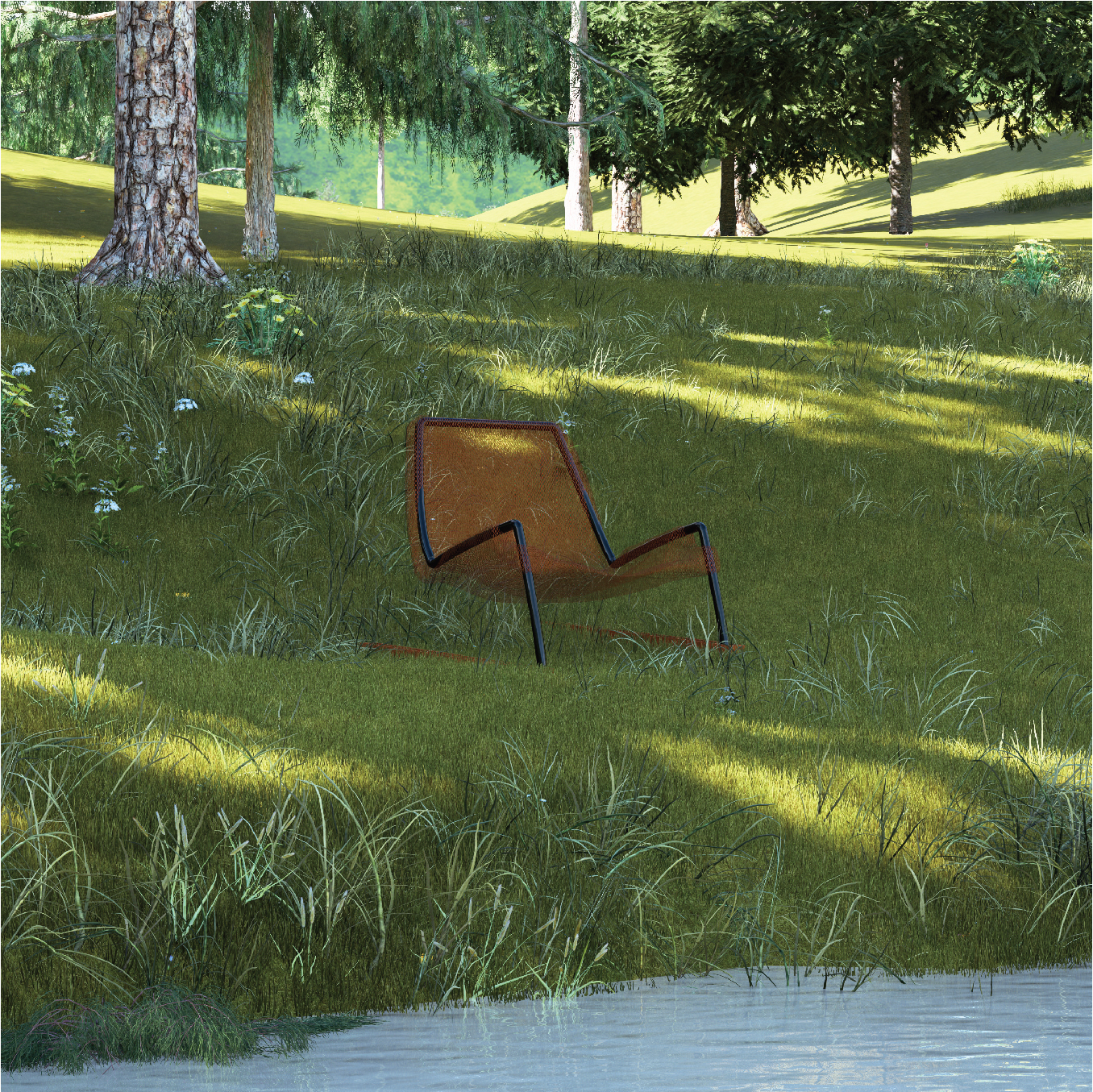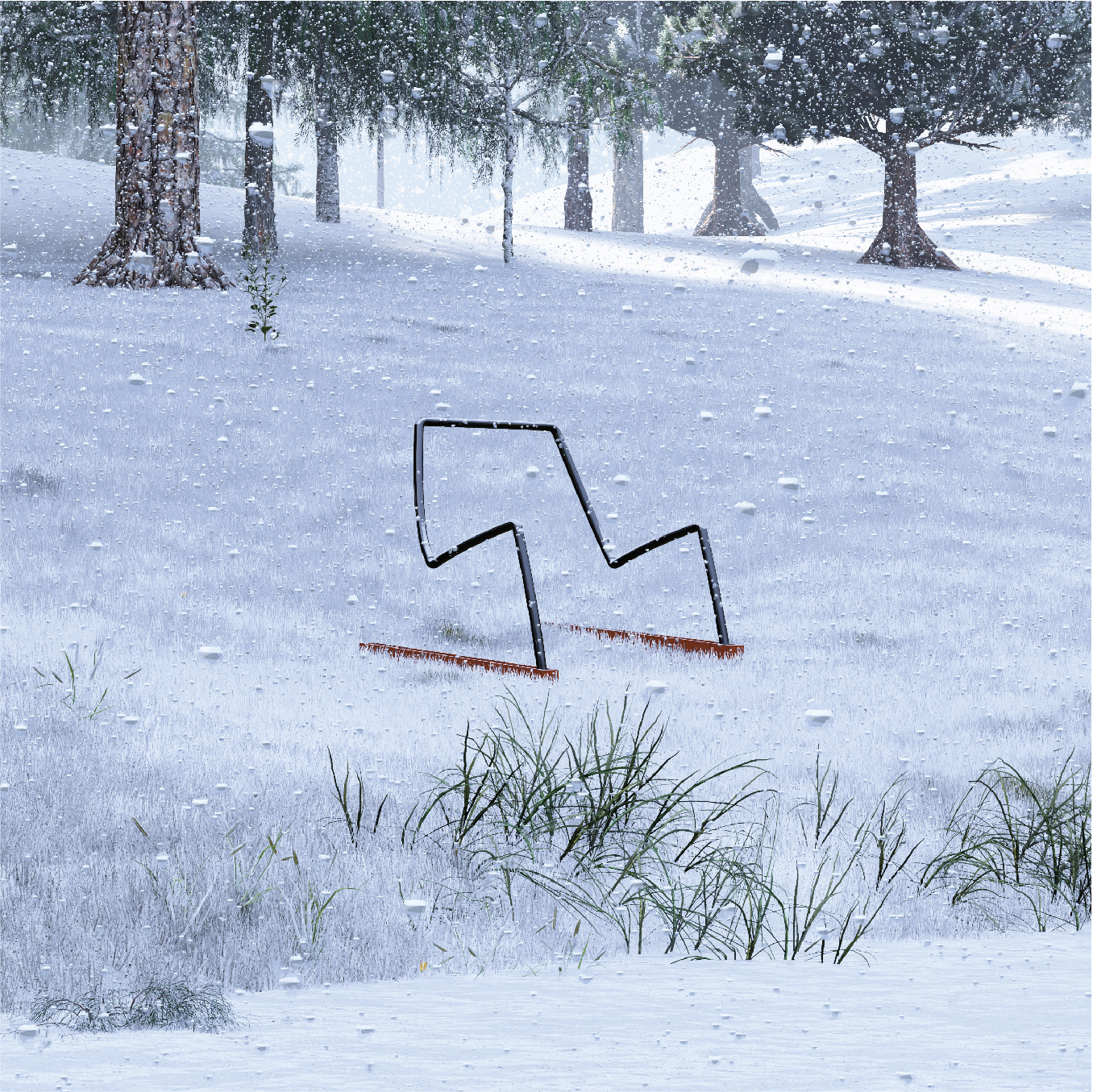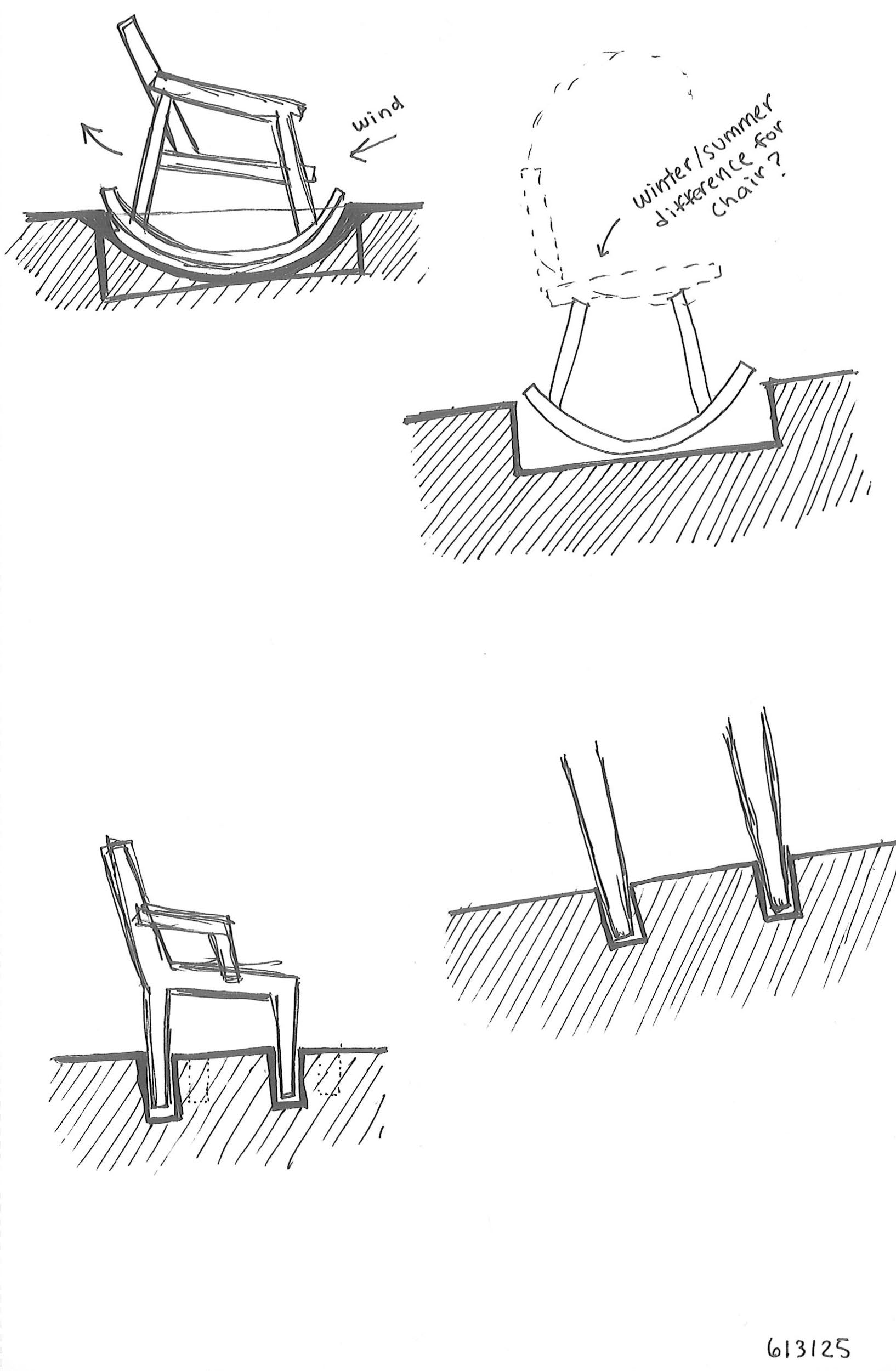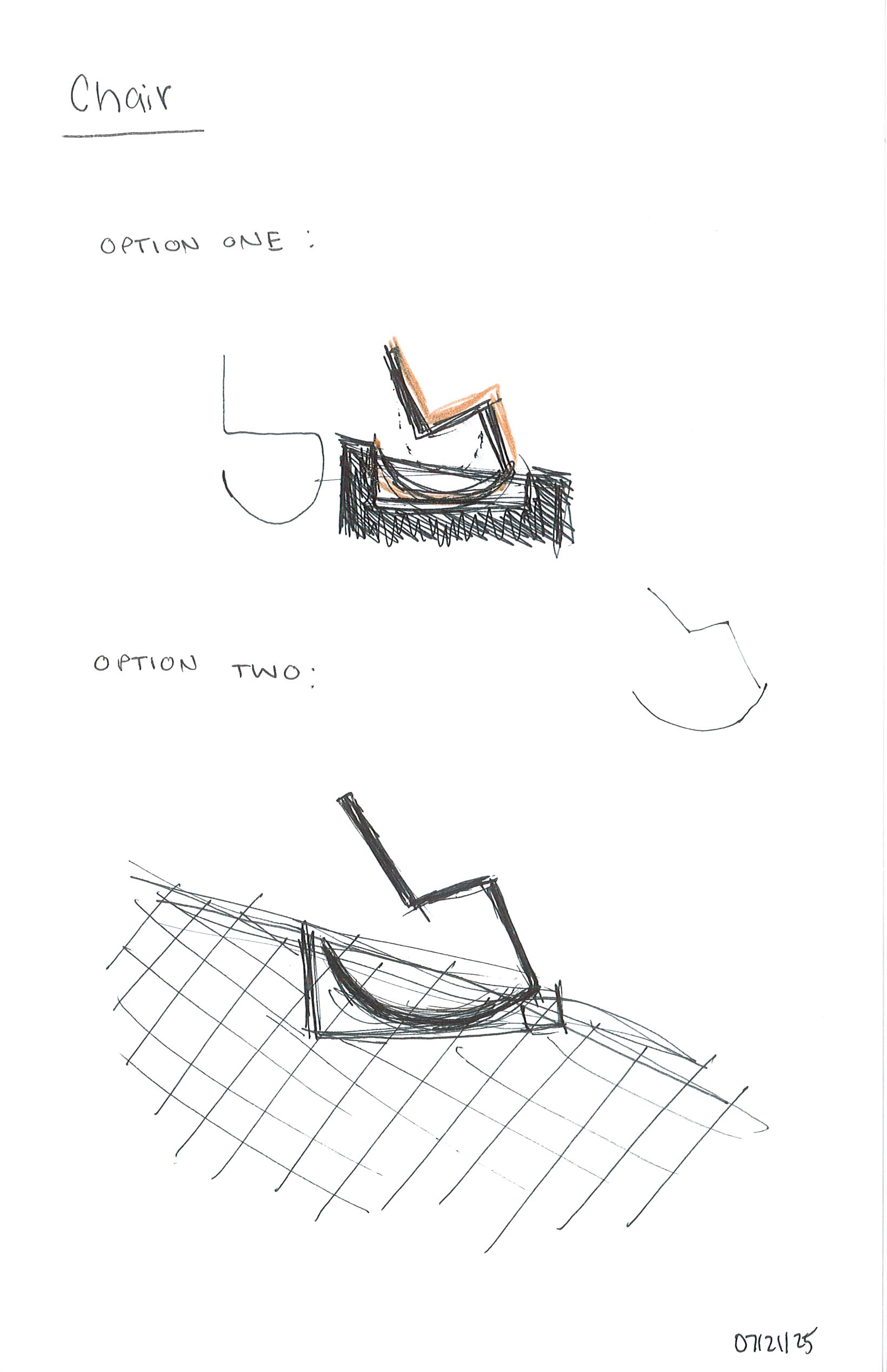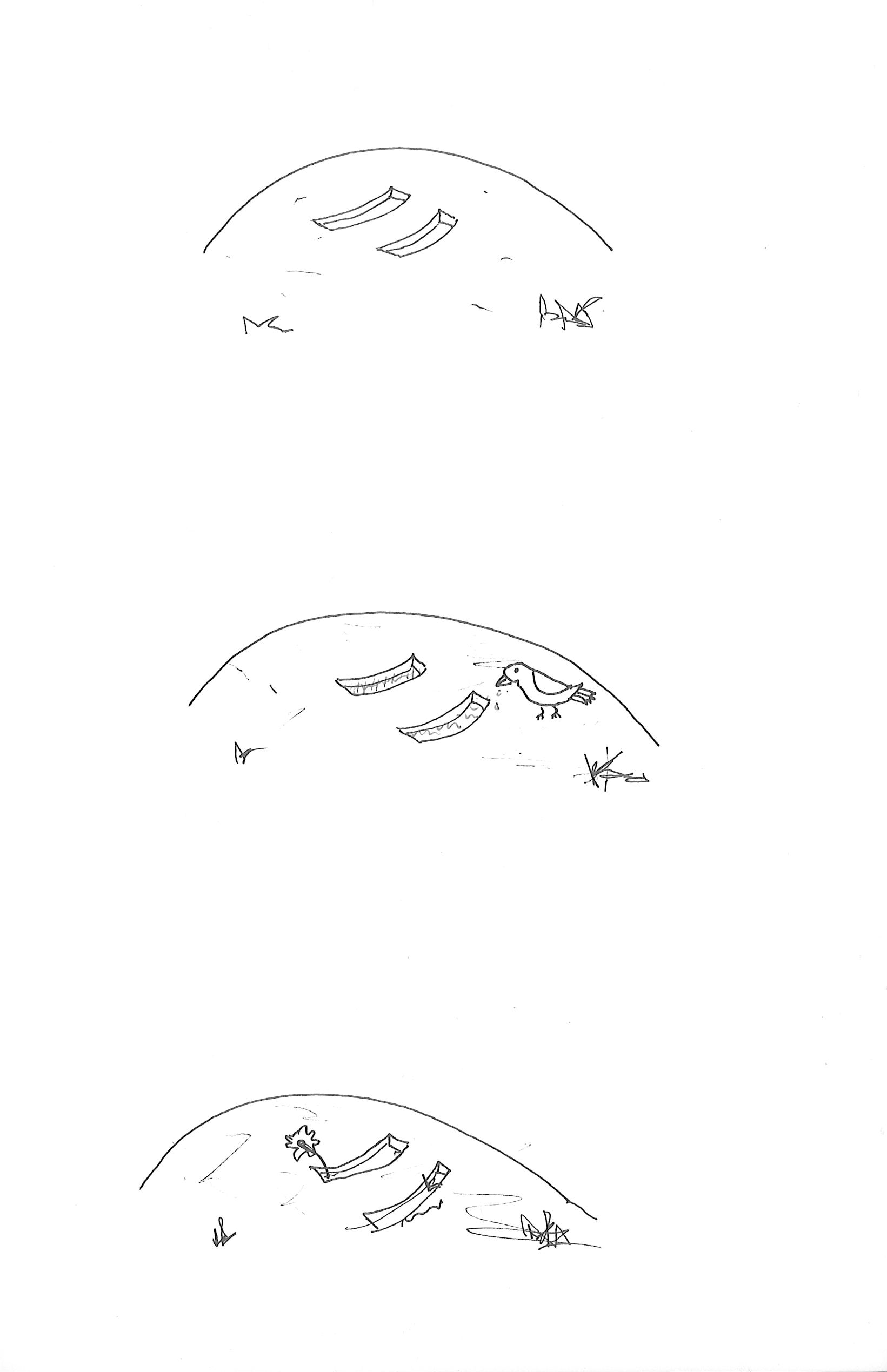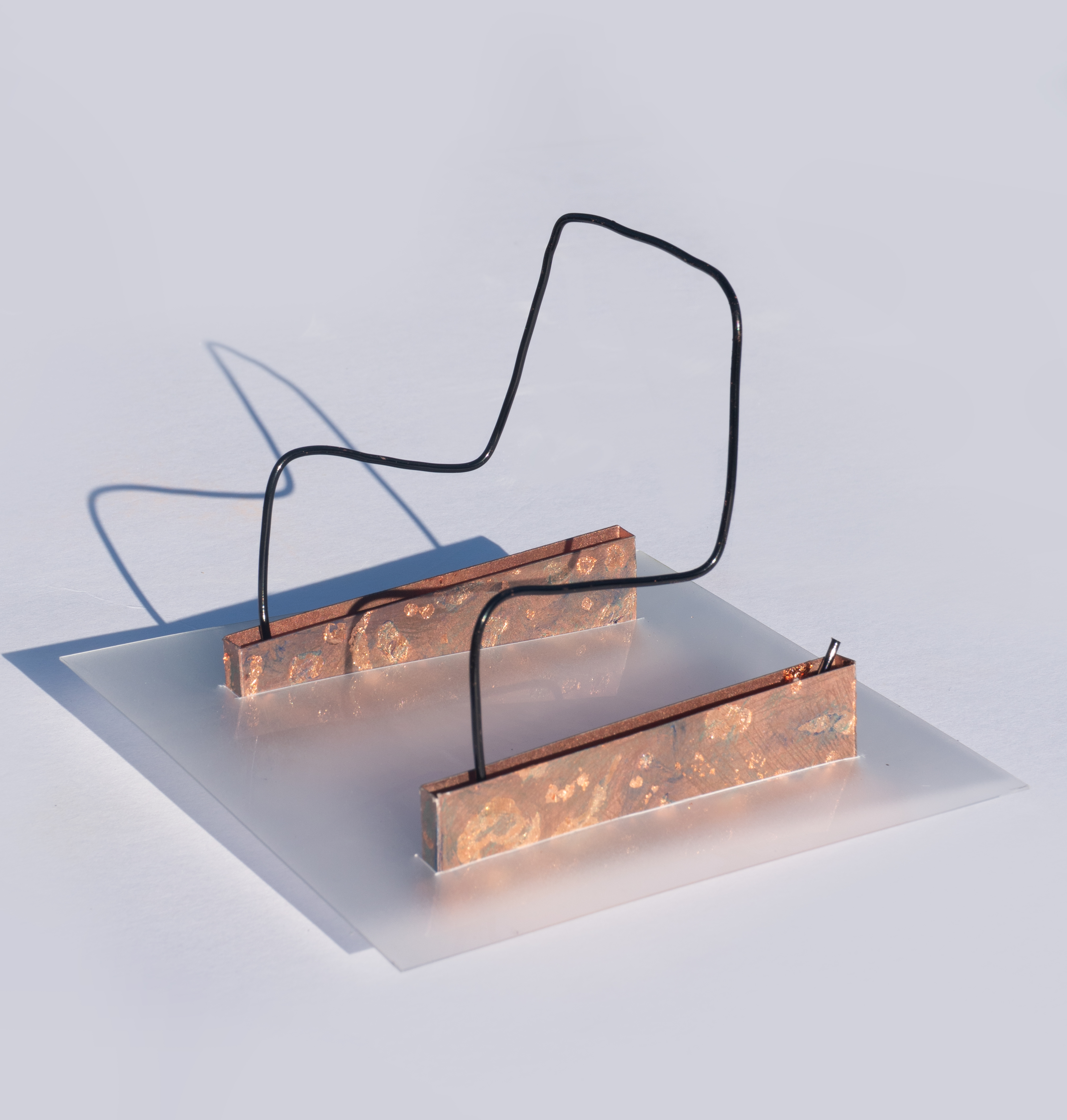(Re)grounding Pike Hill
Summer 2025 | Student Architecture Residency at Birdseye
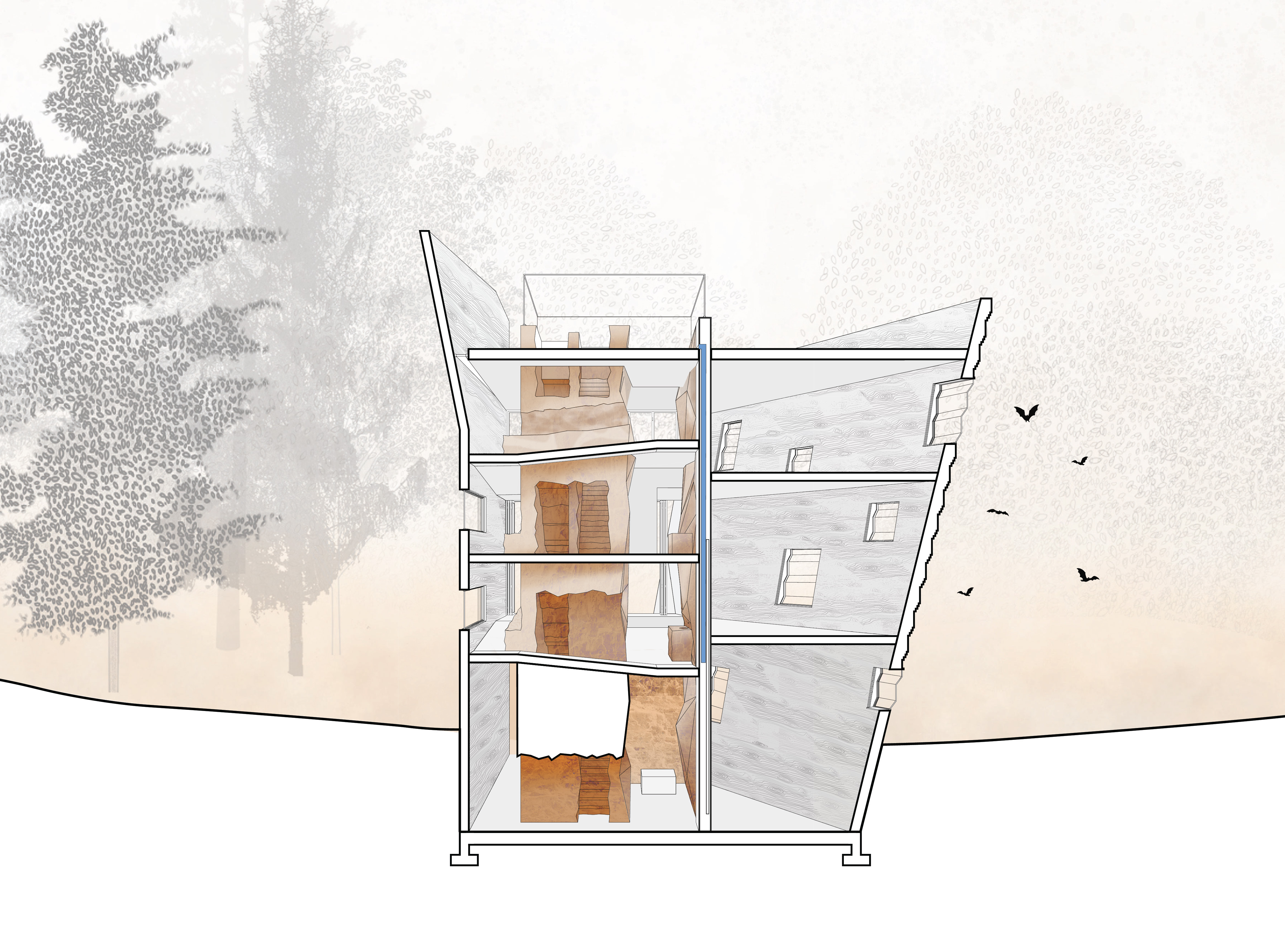
This proposal is a space for (re)grounding. Growth and
change are embraced as points of departure, and practices of maintenance and
care are ingrained in day-to-day living. New forms of interspecies
entanglement are fostered while also facilitating relationships with mindful
boundaries and restraints. Life across all species carries equal
importance.
Pike Hill Copper Mine is a site where much of its life has
been destroyed. This project remediates the land and brings it back through an
intentionally entangled approach. Rather than typical passive rehabilitation
interventions of capping mine waste and leaving it untouched, tailings are
treated and repurposed as building materials. Mines are not only protected as
bat habitats, but are supported ecologically through the rehabilitation of
their surrounding ecologies.
Plants, animals, and humans are both collaborators
and clients as they work together toward a collective regrounding.

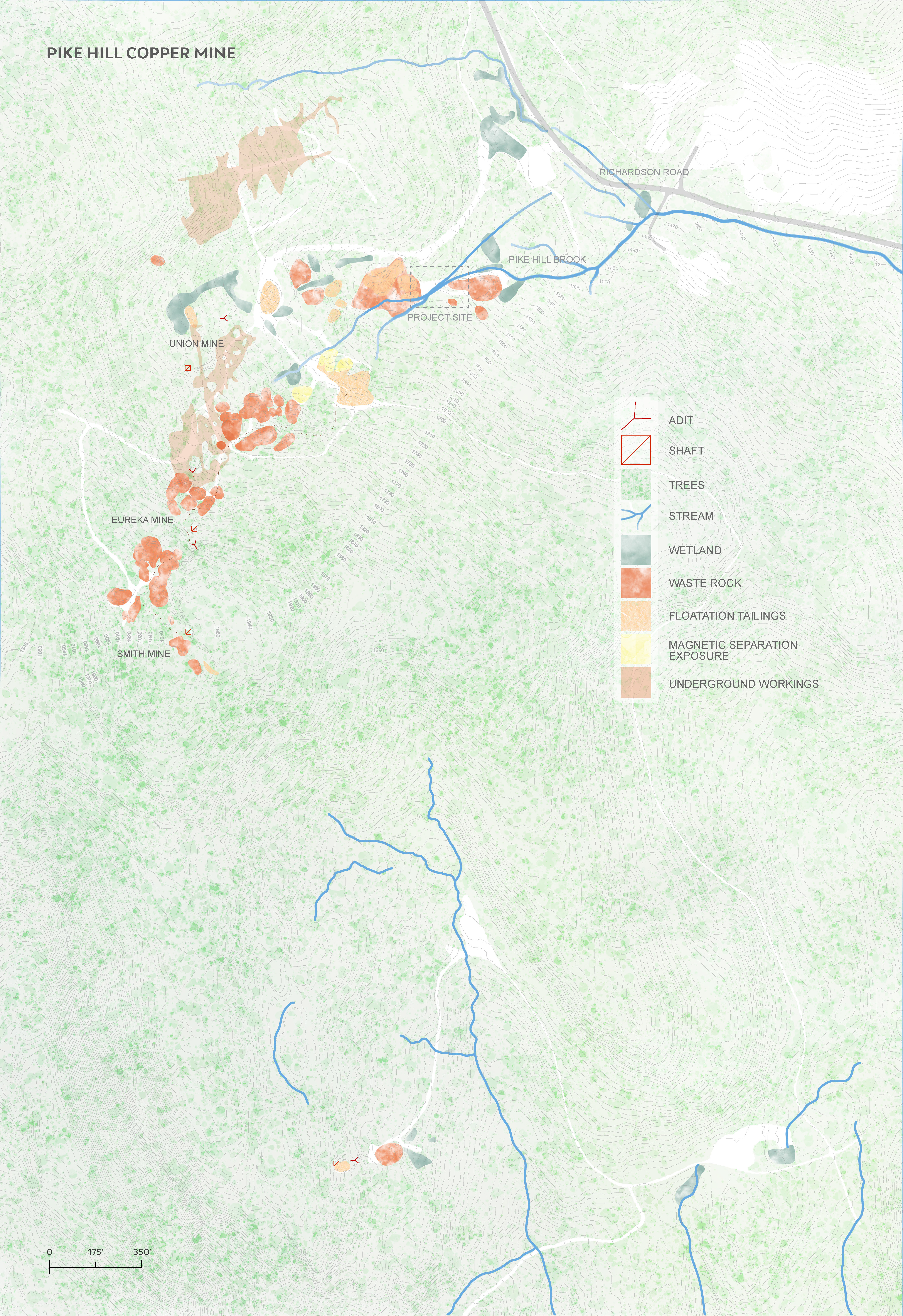



Pike Hill Copper Mine Site

Remediated Mine Tailings as Construction Material

Waste rock and mine tailings react with water, contaminating the surrounding water network and depleting fish and benthic organisms beyond 1.5 miles around the site. This proposal remediates mine tailings and repurposes them as building material, while simultaneously implementing a rainwater collection and plant filtration system that returns greywater cleanly to the ground.
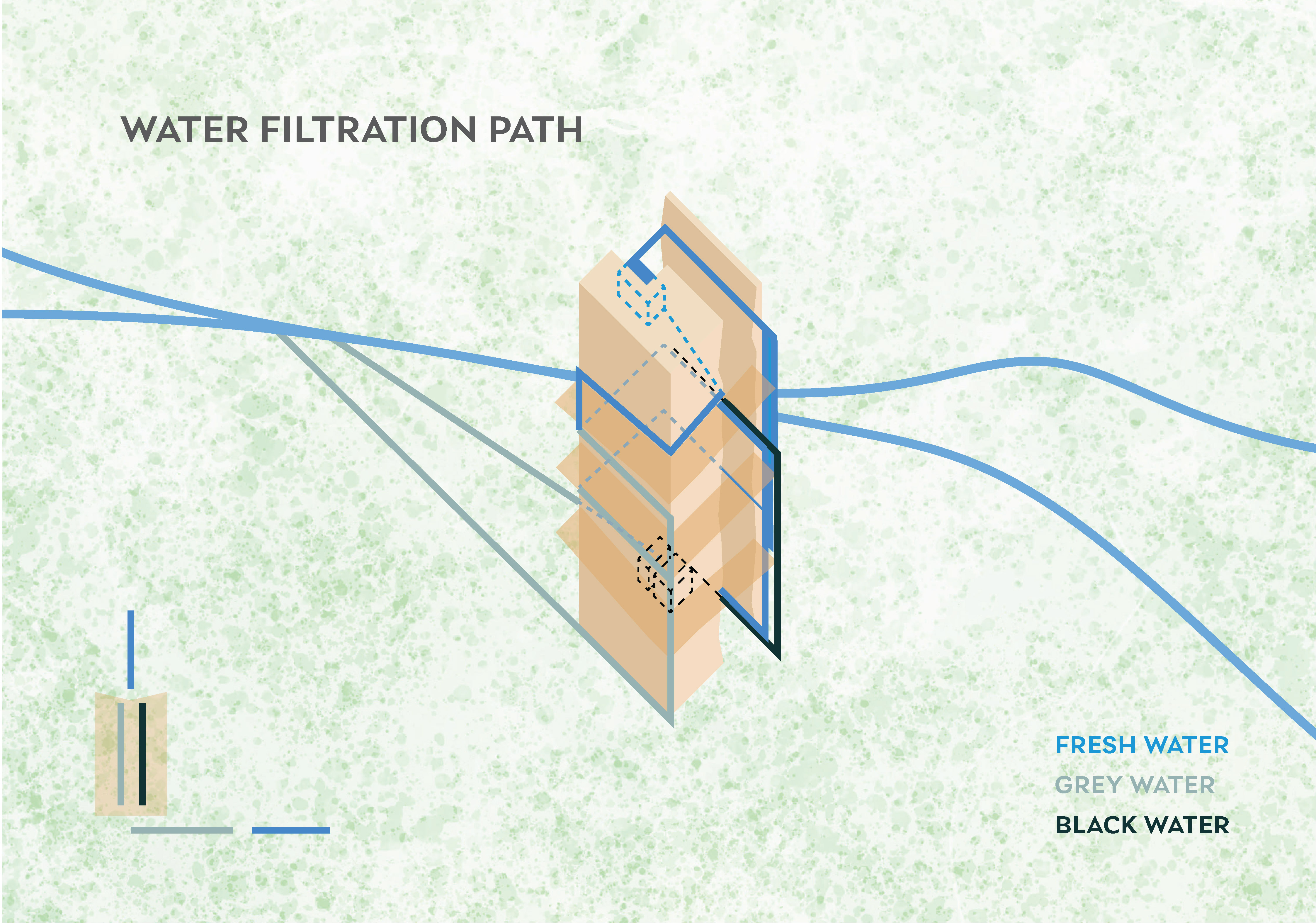




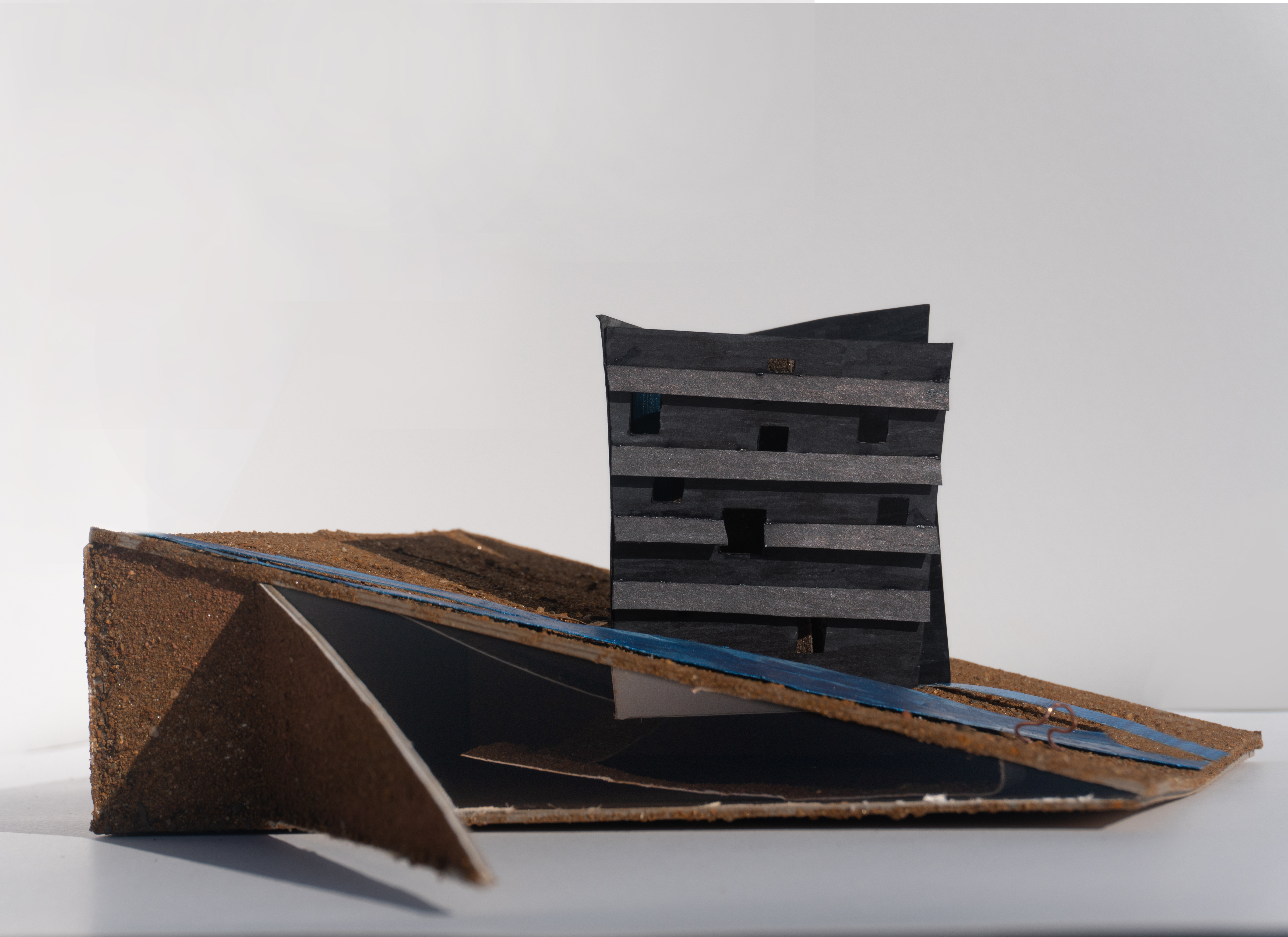





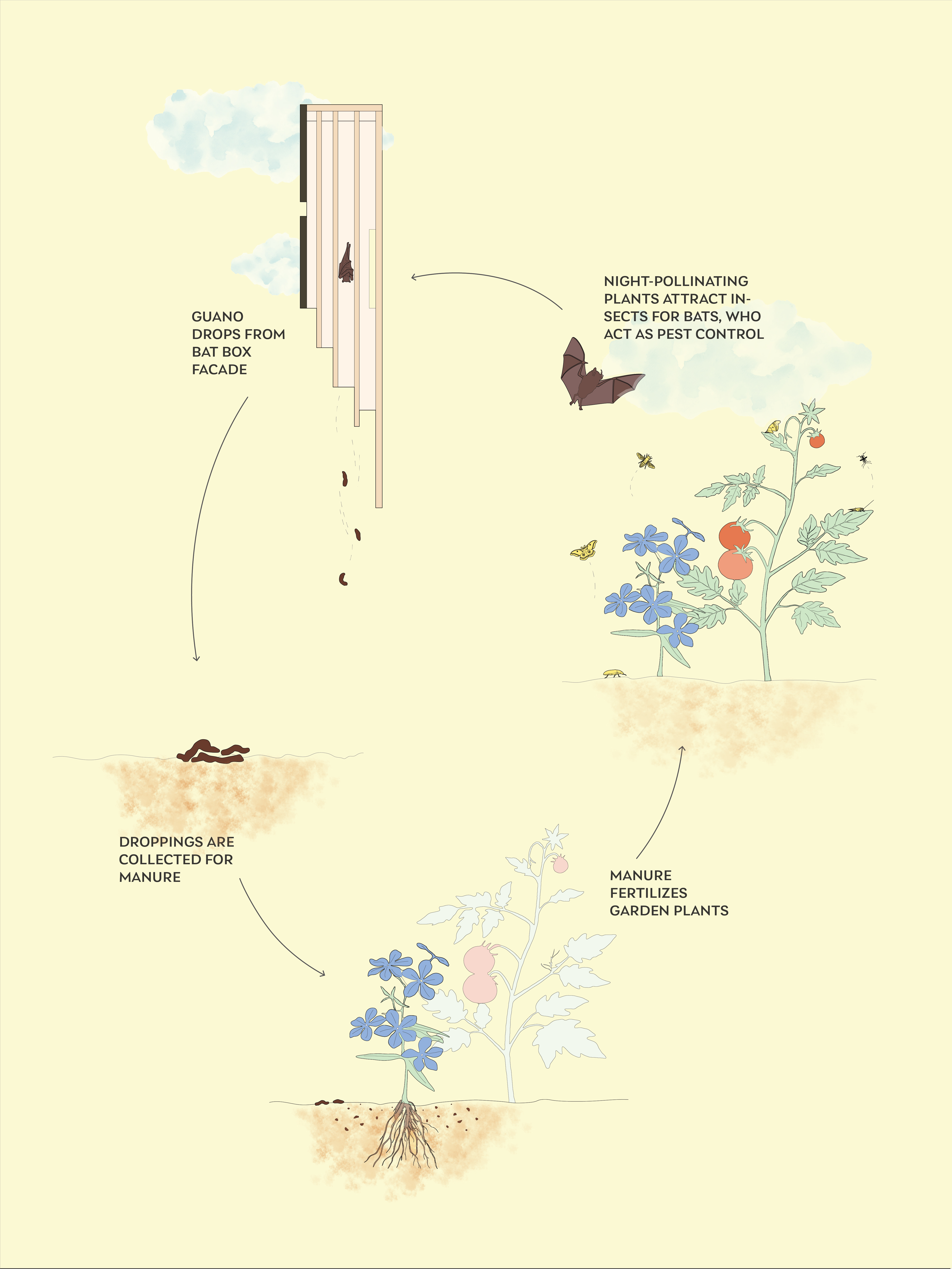
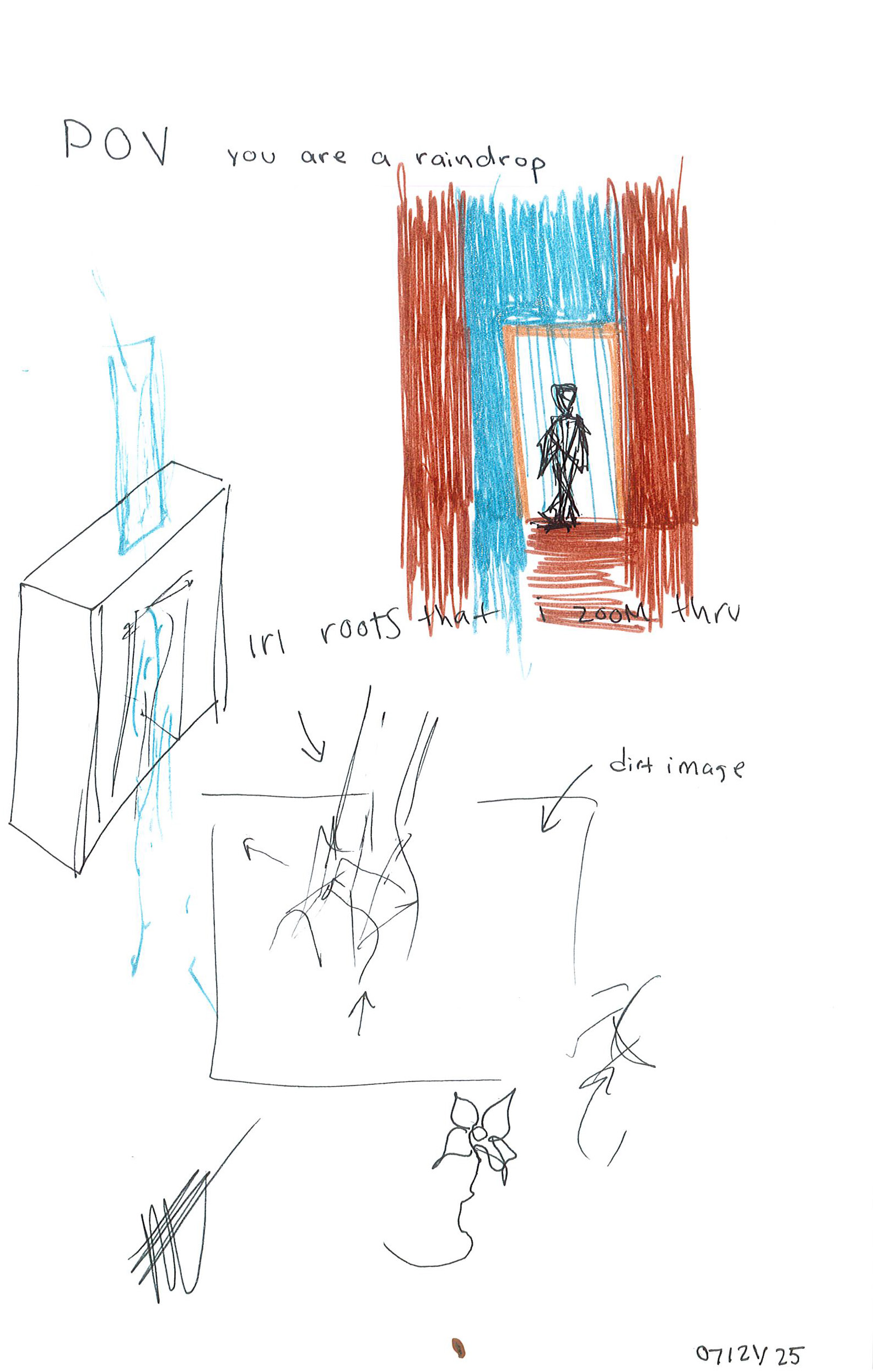

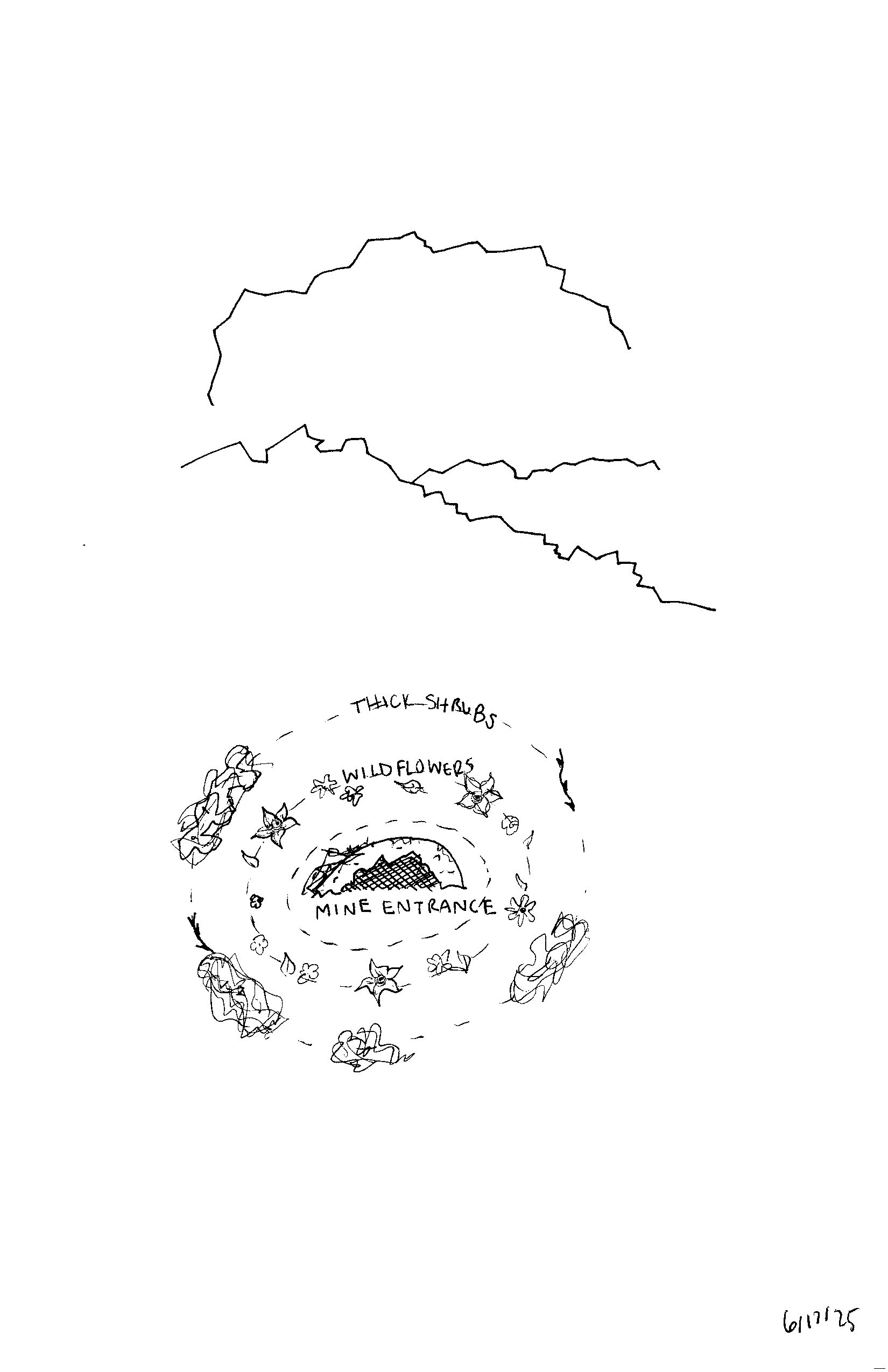



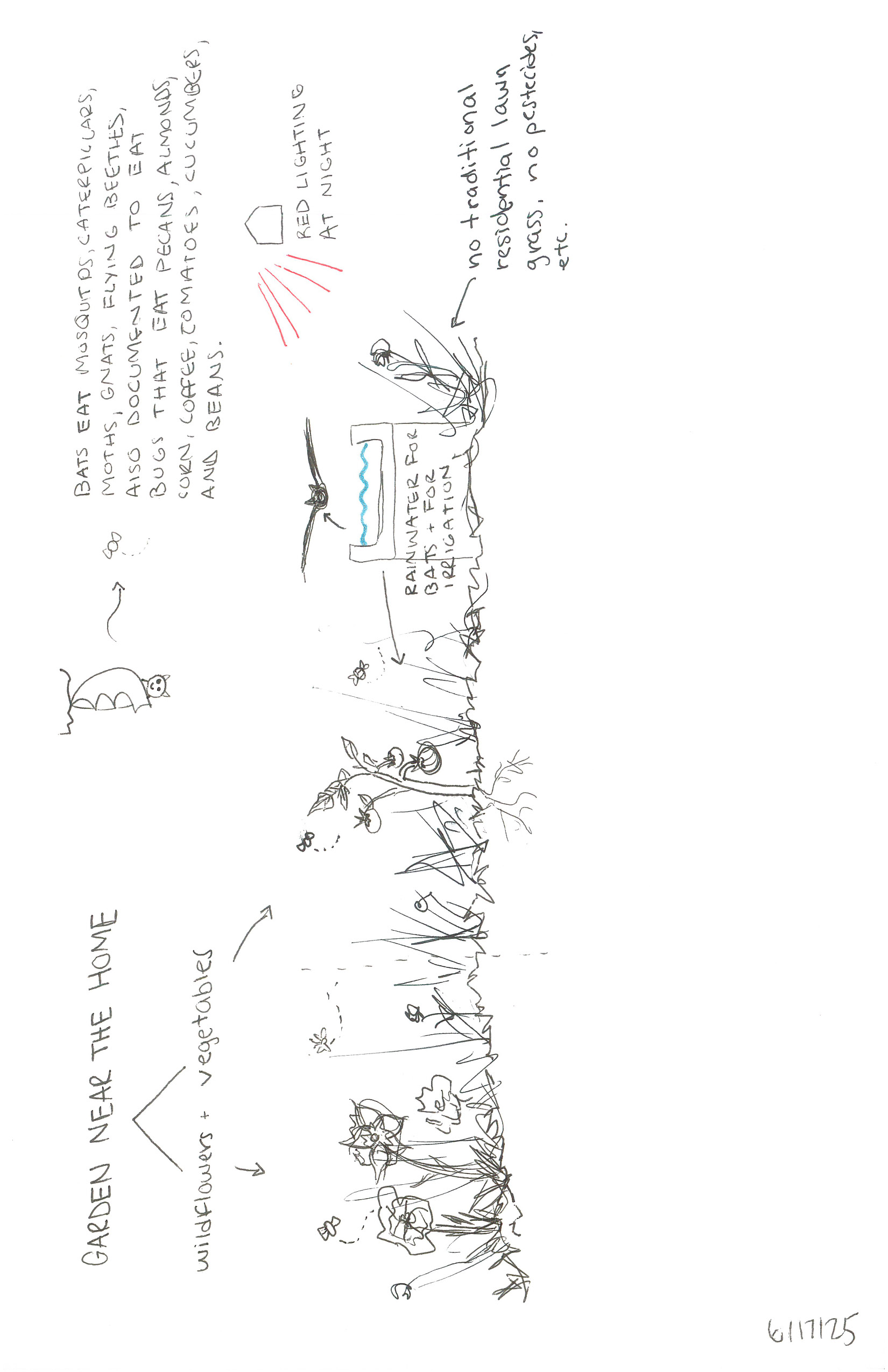
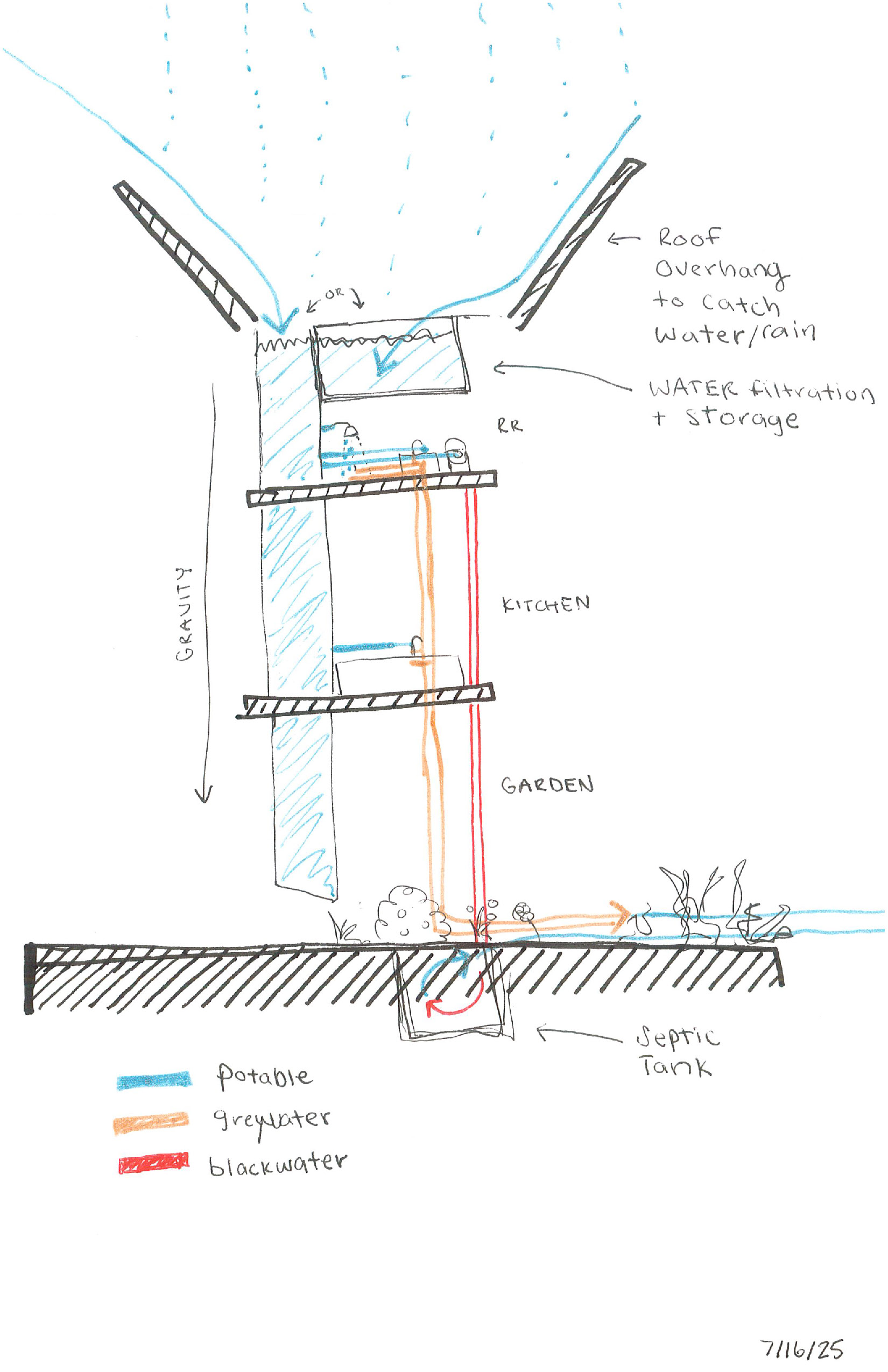




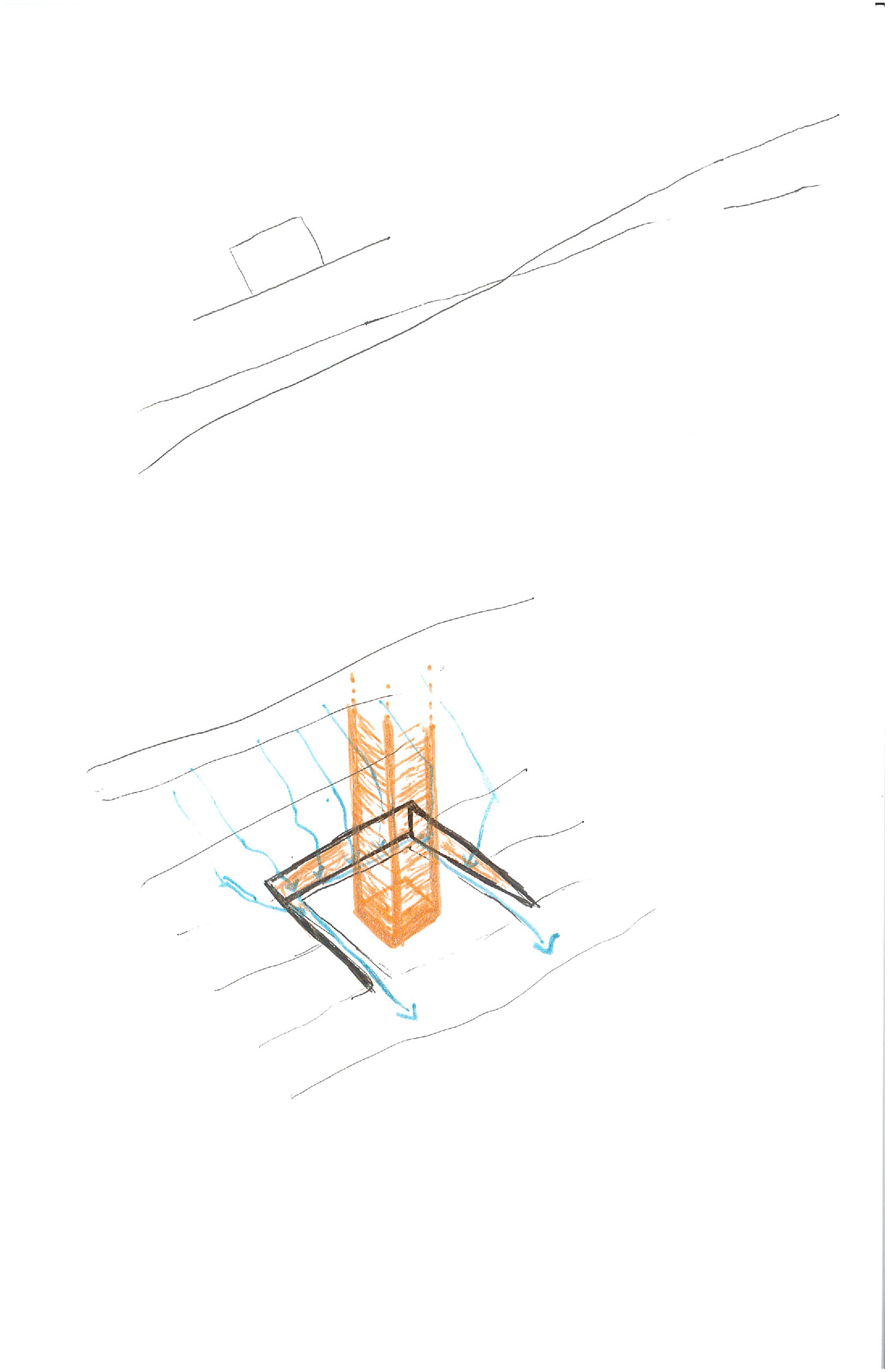
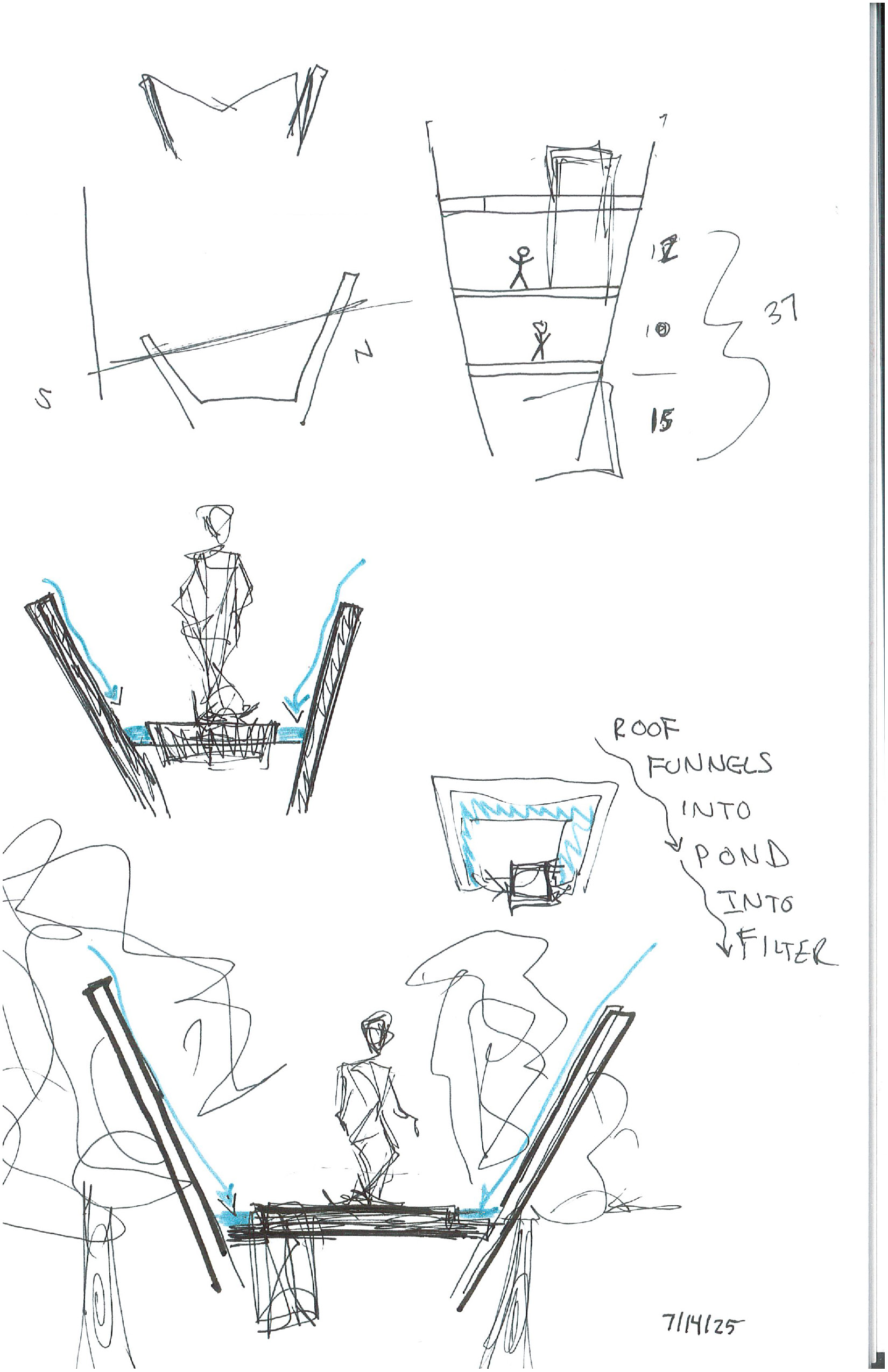

While Pike Hill is commonly referred to as an abandoned mine site, that is not necessarily the case. When humans left, bats moved in. This regrounding positions the endangered bats as co-clients and collaborators with the human inhabitants. Each element - HOUSE, CHAIR, TOOL, and GARDEN - responds accordingly.
